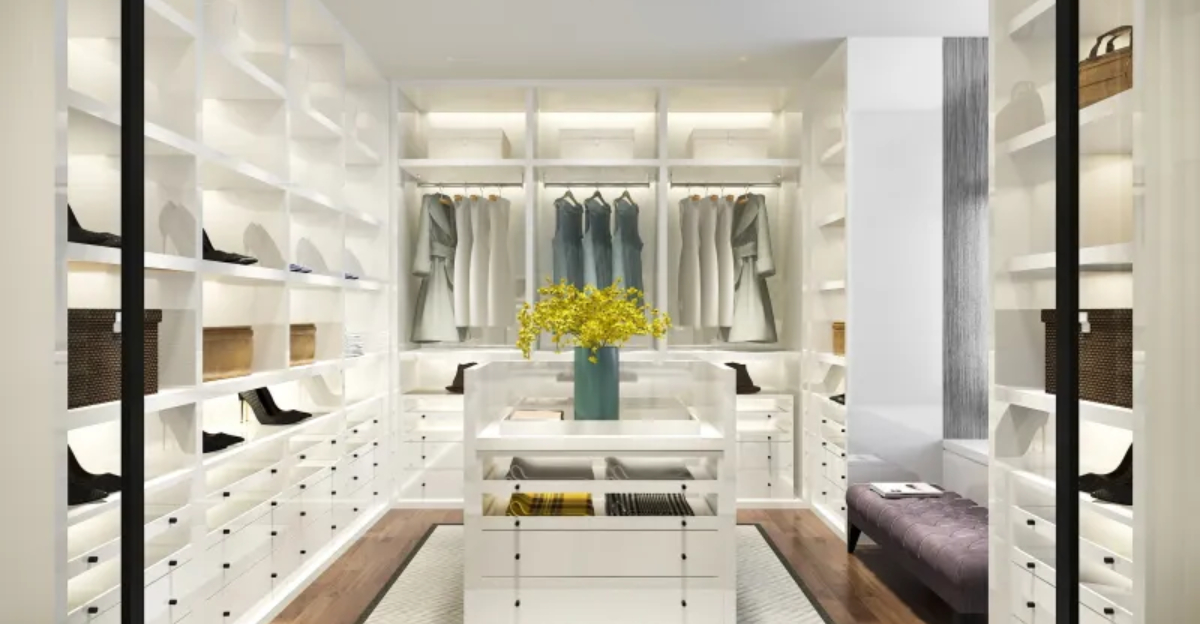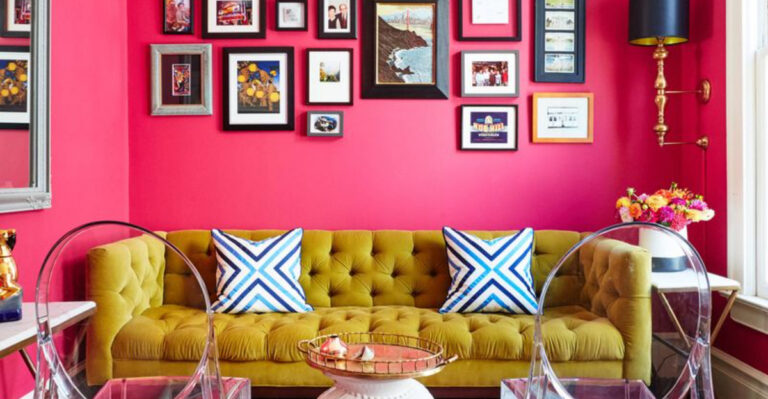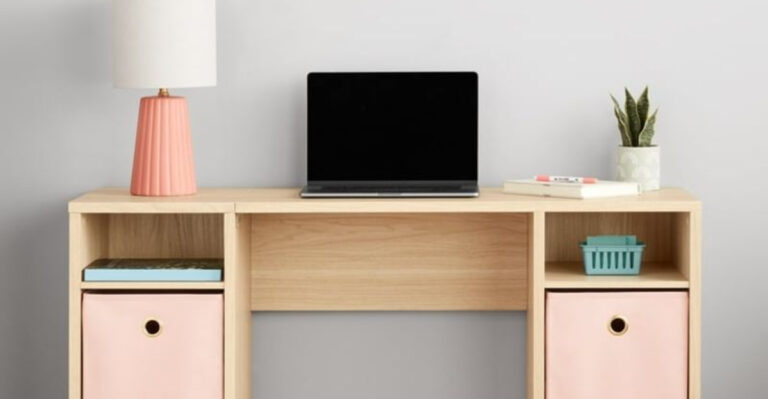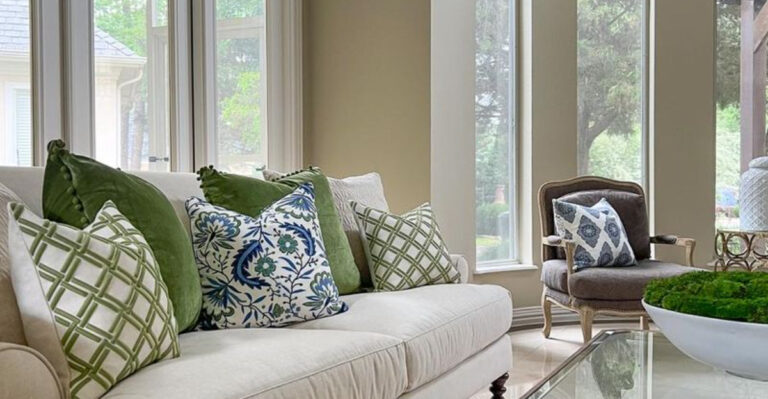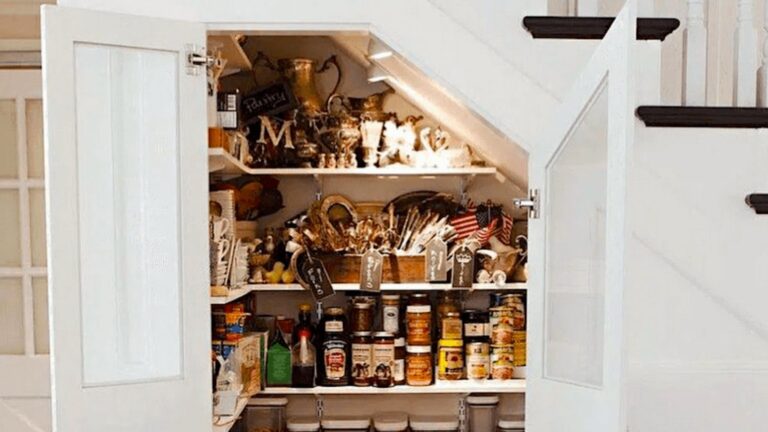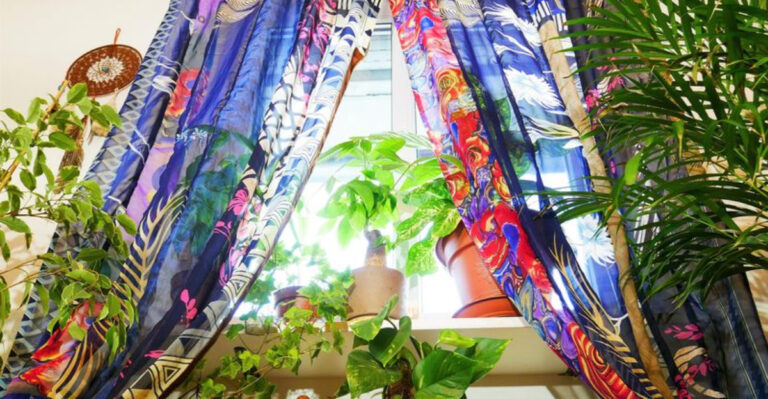15 Mistakes An Interior Designer Would Never Make In A Closet
Your closet might just be the most underestimated room in your home. It’s where every day begins, housing the pieces that help you present yourself to the world.
Yet so many closets end up as chaotic afterthoughts rather than organized sanctuaries. Professional interior designers know that a well-designed closet can transform your morning routine from frantic to fabulous.
1. Ignoring Vertical Space
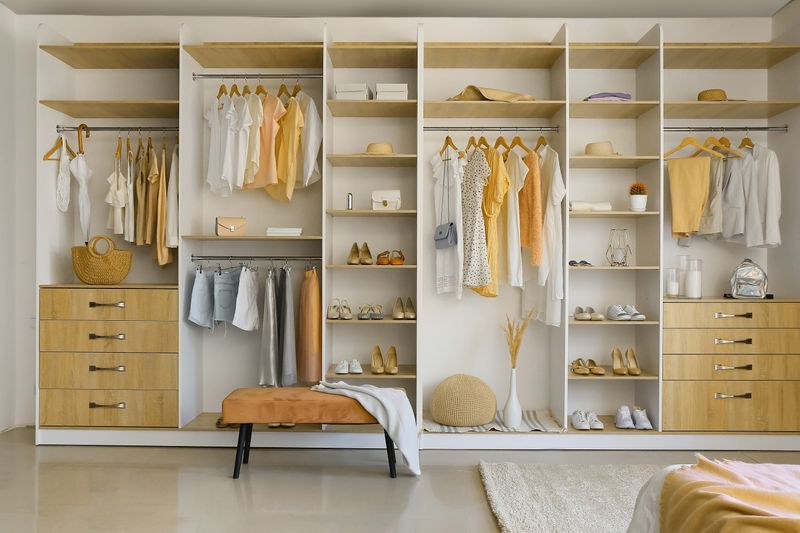
Look up! That empty void above your hanging clothes represents pure storage potential going completely to waste. Smart designers utilize every inch, installing double hanging rods, high shelving for seasonal items, and hooks for accessories.
Wasted vertical space is basically throwing away free square footage in your home. The ceiling isn’t just architectural—it’s an opportunity waiting to be maximized.
2. Fluorescent Lighting Horrors
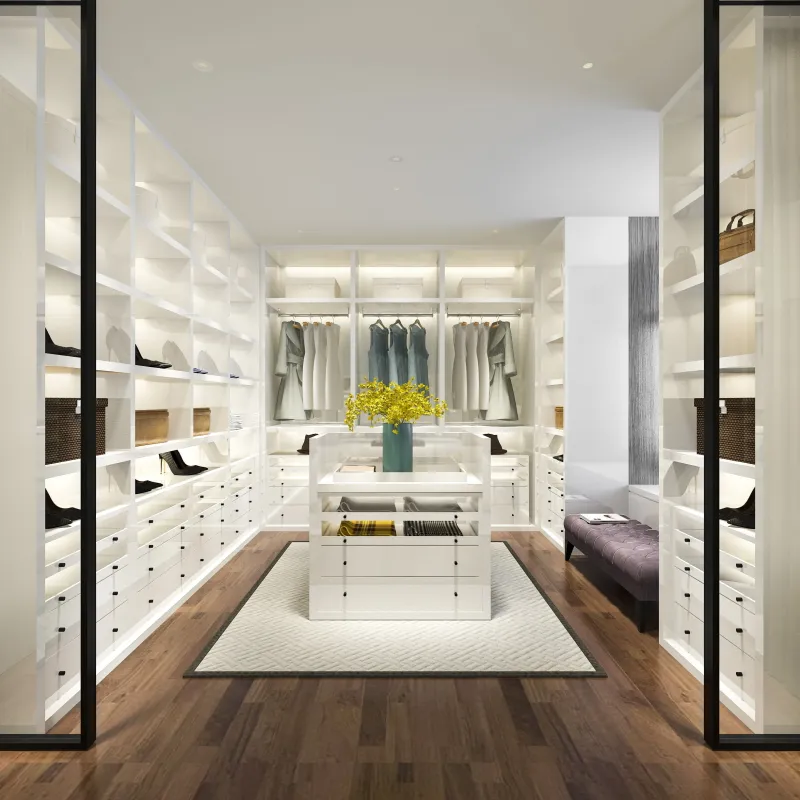
Nothing will make your favorite black blazer look more like a dusty relic than harsh overhead fluorescents. The unflattering blue-white glare creates shadows in all the wrong places and makes color matching nearly impossible.
Savvy designers opt for warm LED strips, stylish sconces, or even a small statement chandelier. Proper lighting transforms a utilitarian box into a boutique-worthy dressing space where colors appear true and fabrics show their quality.
3. Wire Shelving Nightmares
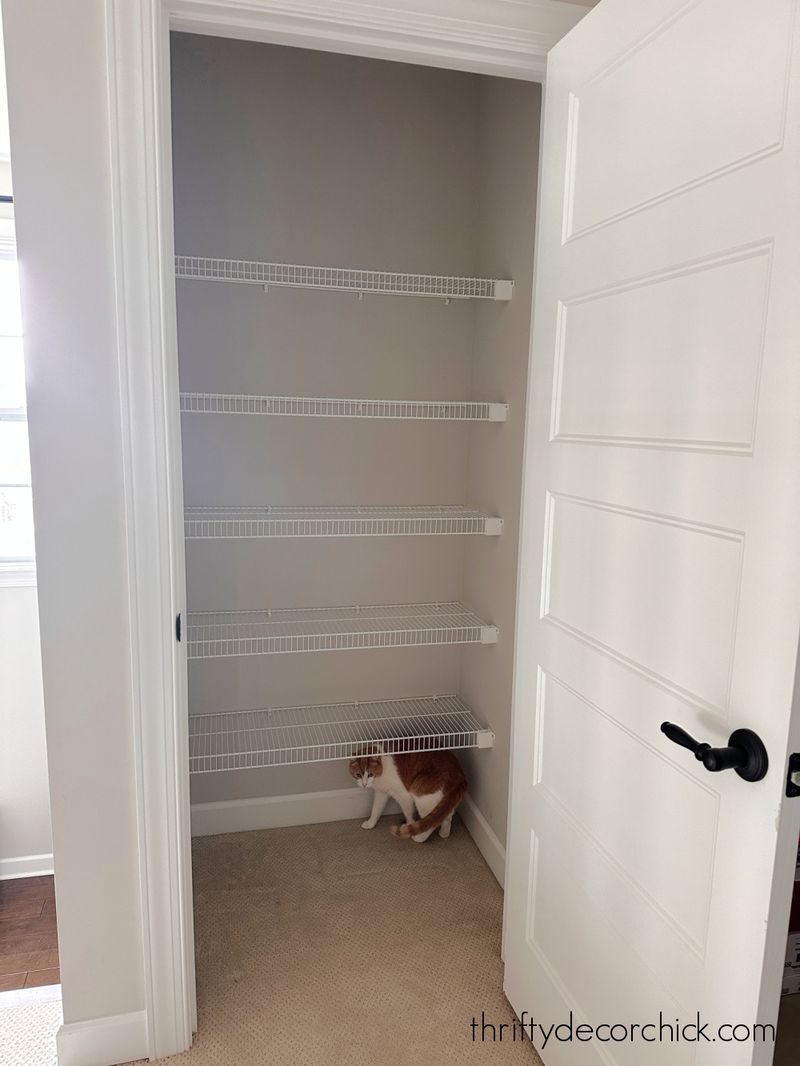
Those flimsy wire shelves that leave grid marks on sweaters and allow small items to slip through? Pure amateur hour. They scream “builder-grade afterthought” faster than you can say “where did my earring go?”
Professional designers banish wire in favor of solid wood or melamine shelving. The investment pays dividends in durability, aesthetics, and function—no more tipping perfume bottles or snagged cashmere.
4. One-Size-Fits-All Rod Height
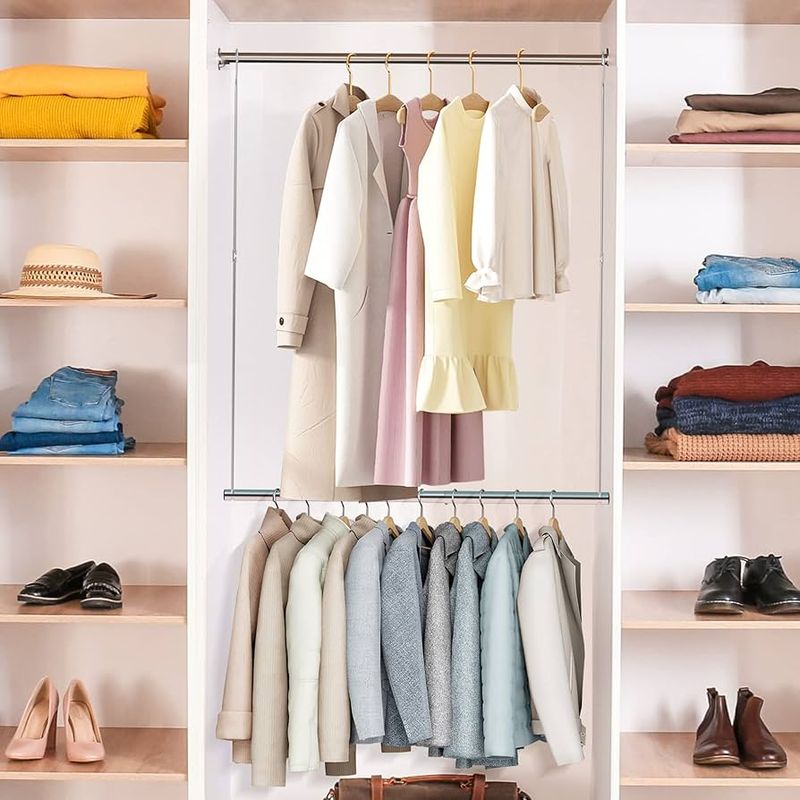
Hanging everything at the same height is like wearing one-size-fits-all clothing—technically possible but deeply unflattering. Dresses crumple on the floor while blouses waste precious air space.
A thoughtful designer creates zones: double-hanging sections for shirts and folded pants, medium height for jackets, and full-length areas for dresses and coats. This simple customization can literally double your usable space while keeping garments in proper form.
5. Doorway Disasters
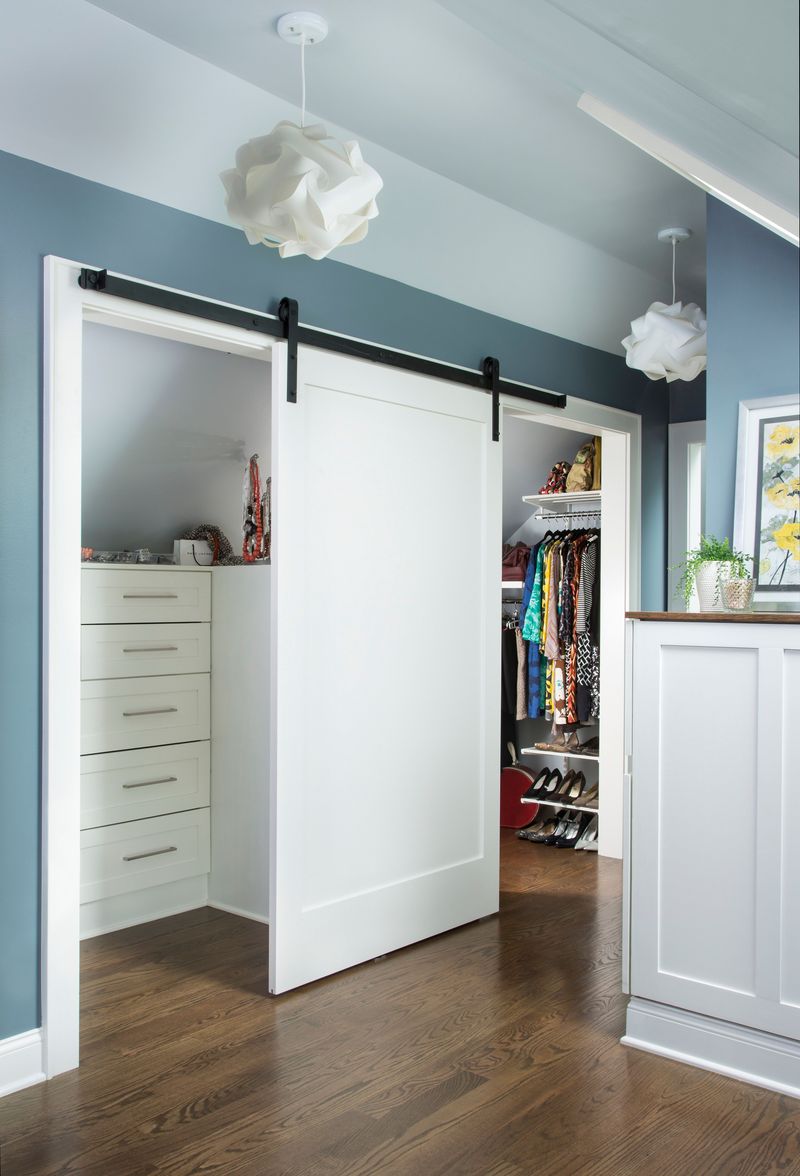
Ever tried squeezing through a half-open closet door because the inside is so packed? Rookie mistake. The door is your gateway to organization, not an obstacle to overcome each morning.
Professional designers consider door clearance sacred. They might install space-saving sliding doors, elegant French doors, or even remove doors entirely for walk-in configurations. The right door solution transforms access from frustrating to flawless.
6. Mirror Misplacement Madness
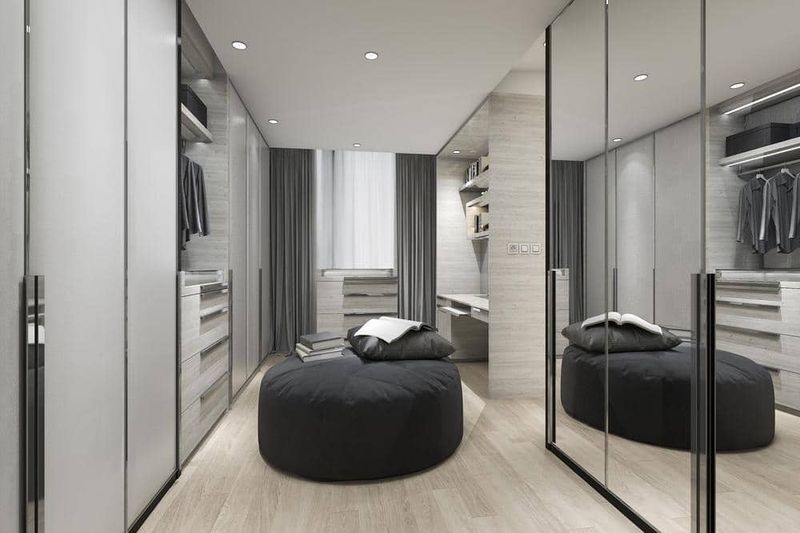
Placing that full-length mirror where you can only see yourself if you stand in the hallway with one foot in the bathroom? Absolute chaos. Mirrors need thoughtful positioning to actually serve their purpose.
Strategic mirror placement—whether on the inside of doors, as sliding panels, or as a dedicated dressing area feature—should allow you to see your ensemble without performing gymnastics. Bonus points for mirrors that maximize natural light and create the illusion of more space.
7. Hanger Hodgepodge
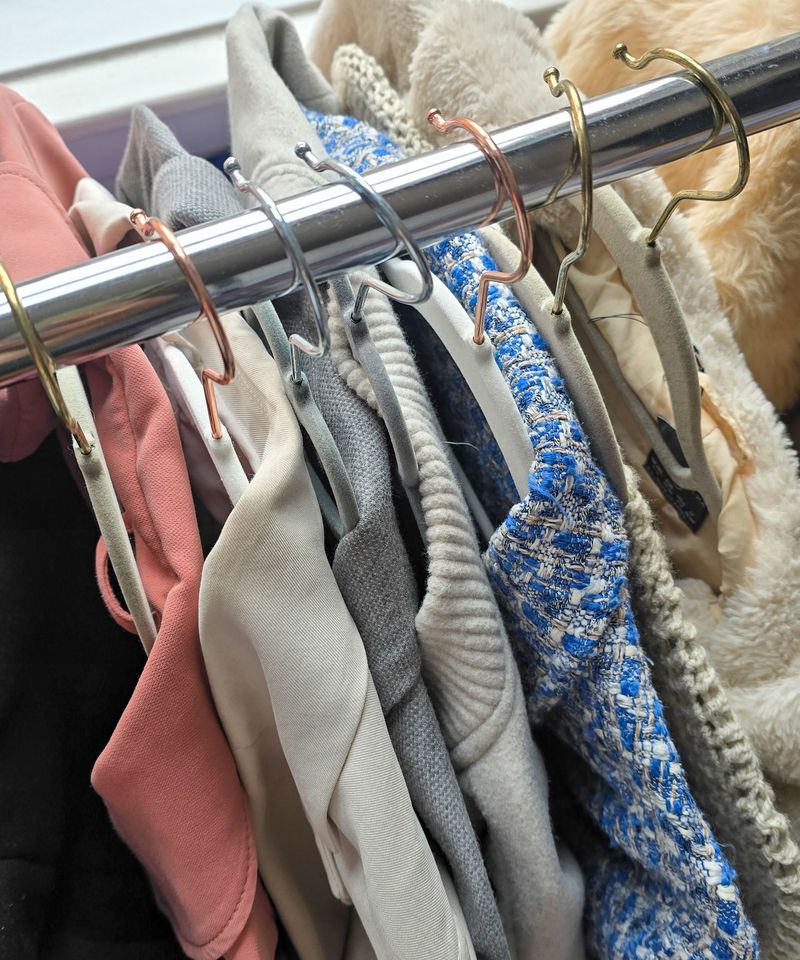
The plastic hanger collection you’ve amassed from every department store since 2005? It’s visual chaos and actually damages your clothes. Those mismatched wire, plastic, and wooden contraptions make even Valentino look like it came from the bargain bin.
Design pros insist on uniform, quality hangers—slim velvet ones for preventing slippage, contoured wooden versions for jackets, and specialized styles for pants and skirts. This seemingly small detail creates visual calm and extends garment life.
8. Shoe Storage Snafus
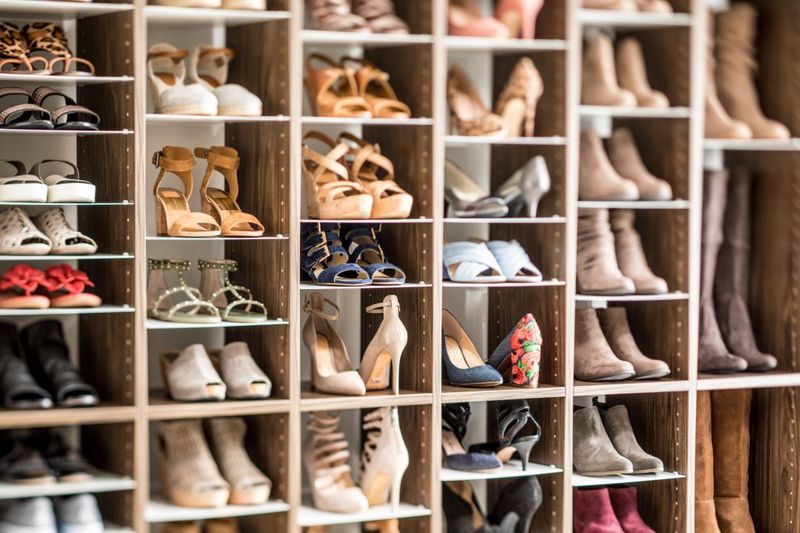
Shoes deserve better than being tossed in a heap at the closet bottom like forgotten treasures in a pirate’s chest. That jumbled pile damages fine footwear and wastes precious minutes each morning as you hunt for matching pairs.
Thoughtful designers implement angled shelves, cubbies, or glass-front drawers that display each pair with respect. Boots get boot trees to maintain shape, while special occasion footwear might merit individual display boxes with photos for easy identification.
9. Neglecting Drawer Dividers
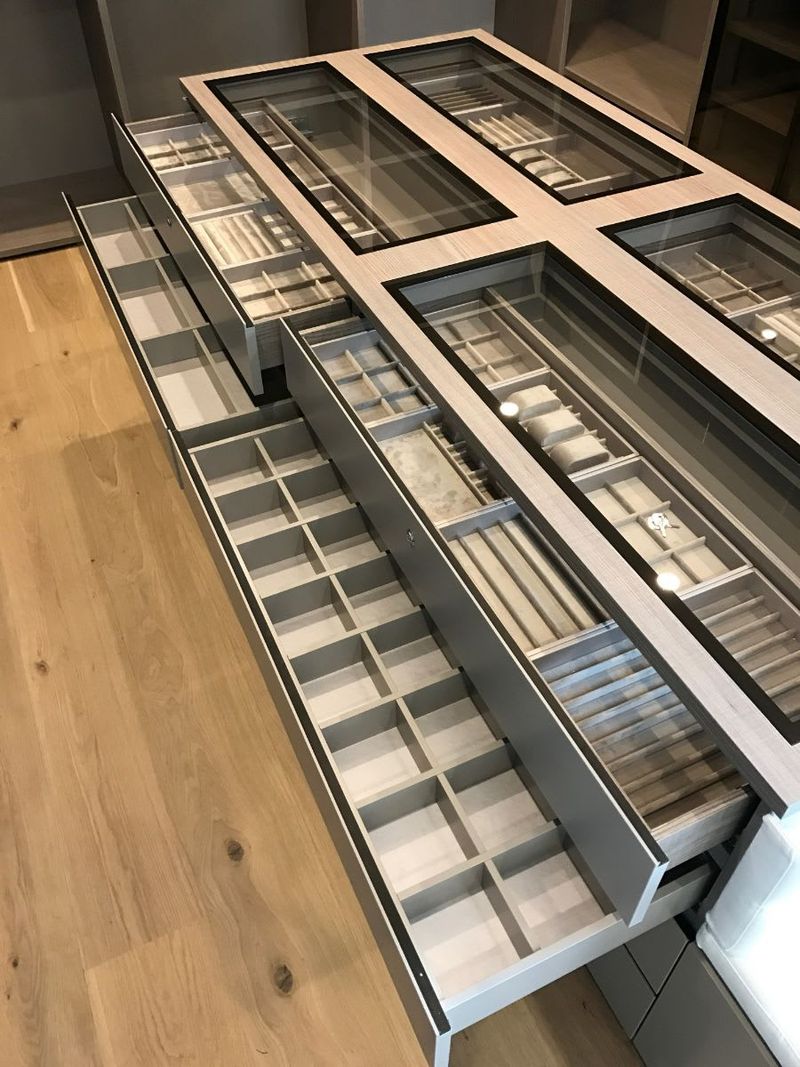
Opening a drawer to find socks, underwear, and accessories having what appears to be a wild fabric party? Not in a designer’s closet. Drawer chaos isn’t just unsightly—it’s inefficient and leads to forgotten items.
Professional closet design includes custom drawer dividers, velvet-lined trays for jewelry, and specialized compartments for smaller items. This attention to detail transforms drawers from mysterious abyss to organized bliss, making mornings smoother and protecting delicate items.
10. Forgetting About Ventilation
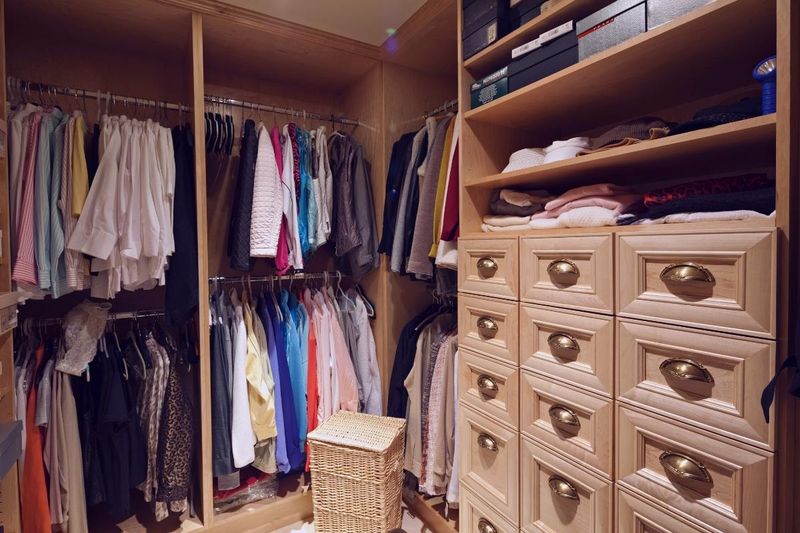
Closets need to breathe, darling! Sealing clothes in an airless tomb is asking for mustiness, mildew, and that unmistakable “stored too long” scent that no amount of perfume can disguise.
Savvy designers incorporate proper air circulation through vented doors, small fans, or dehumidifiers for larger spaces. Natural materials like cedar panels help absorb moisture and repel moths. Your investment wardrobe deserves an environment that preserves rather than degrades.
11. Inadequate Accessory Planning
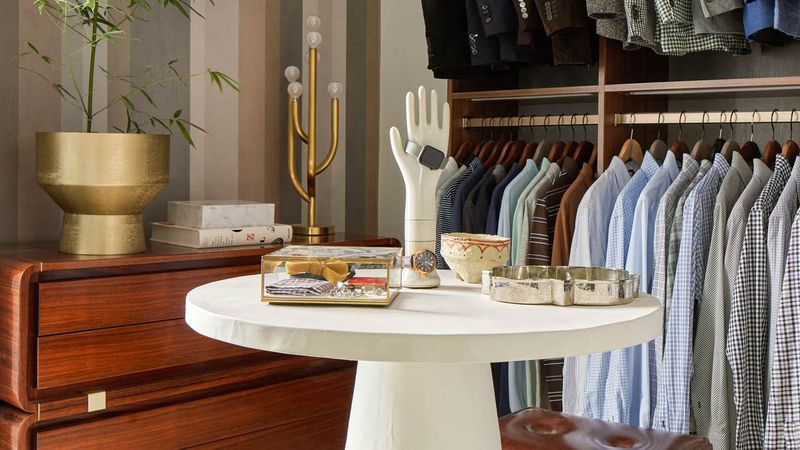
Belts tangled like garden hoses, scarves stuffed in corners, and jewelry becoming one giant metallic knot? That’s the hallmark of amateur closet planning. Accessories often represent significant investment but receive minimal storage consideration.
Professional designers create dedicated zones with specialized hardware: velvet-lined trays for watches and jewelry, mounted hooks for belts, acrylic organizers for sunglasses, and shallow drawers for scarves. These thoughtful details prevent damage and showcase collections worthy of display.
12. Insufficient Task Lighting
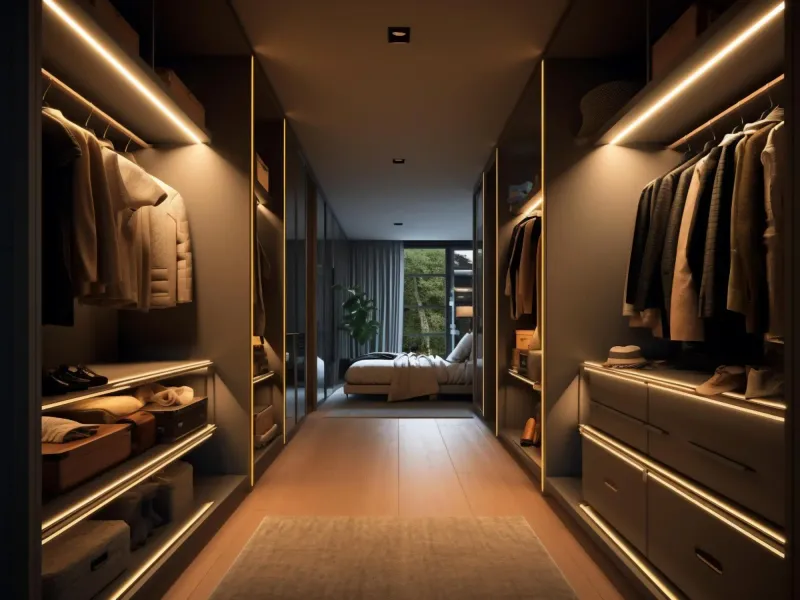
Playing “is this navy or black?” in the shadowy depths of your closet is a game no one should have to endure. Yet countless closets remain caves of uncertainty where color matching becomes guesswork.
Lighting specialists within design firms strategically place task lighting at eye level and in shadowy corners. Motion-sensor strips illuminate dark shelves when doors open, while focused lighting highlights color-critical areas where outfit decisions happen.
13. Color Coding Catastrophes

Rainbow organizing might look Instagram-worthy, but rigid ROYGBIV adherence without considering garment type creates a visual spectacle that actually hinders functionality. Finding that specific blazer becomes harder, not easier.
Professional organizers combine logical categorization with aesthetic appeal. They group items by type first (shirts, pants, dresses), then by color within each category. This hybrid approach balances the practical with the beautiful, making your morning selection process intuitive rather than chaotic.
14. Skimping on Hardware Quality
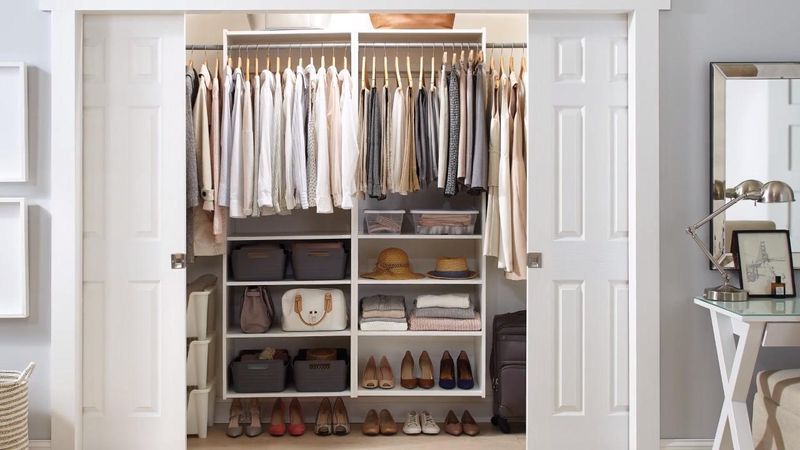
Those bargain-bin drawer pulls that catch on delicate fabrics or flimsy rods that sag under the weight of winter coats? They’re the quicksand of closet design—a disaster waiting to happen.
Designers select hardware that performs flawlessly for decades: soft-close drawer glides, substantial handles that feel luxurious to the touch, and reinforced hanging systems rated for serious weight. Quality hardware transforms the daily experience from irritating to indulgent.

